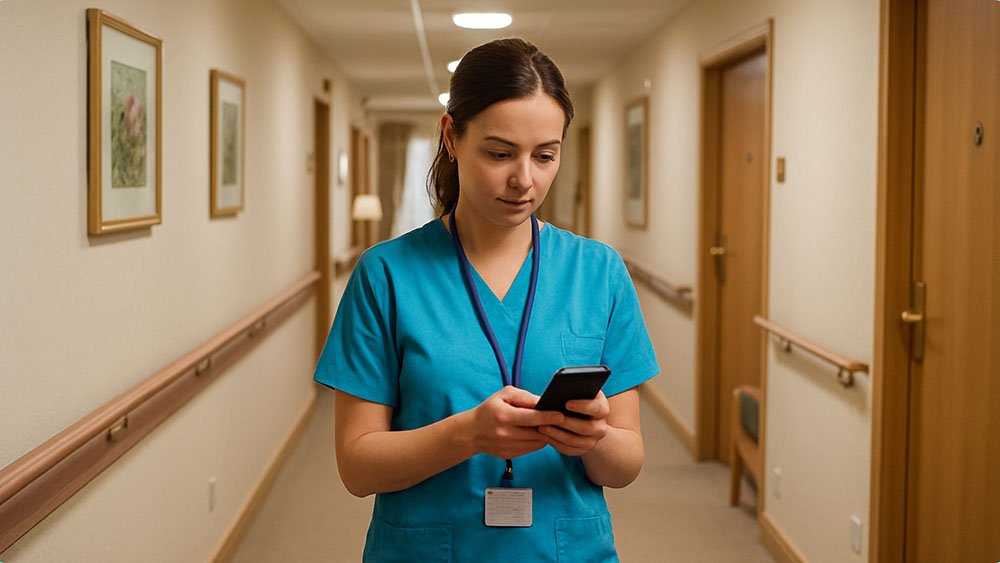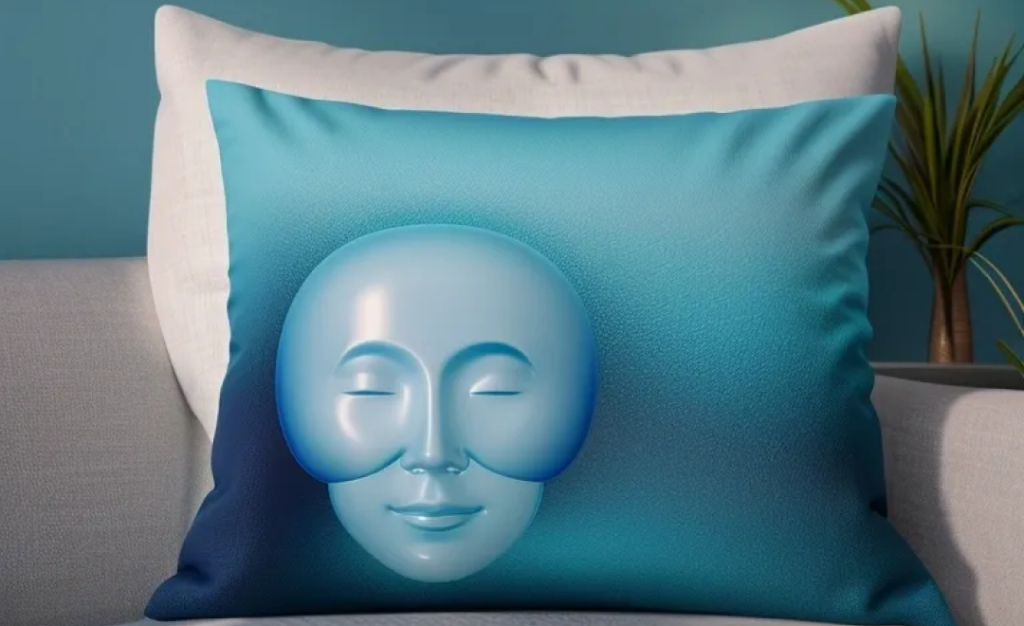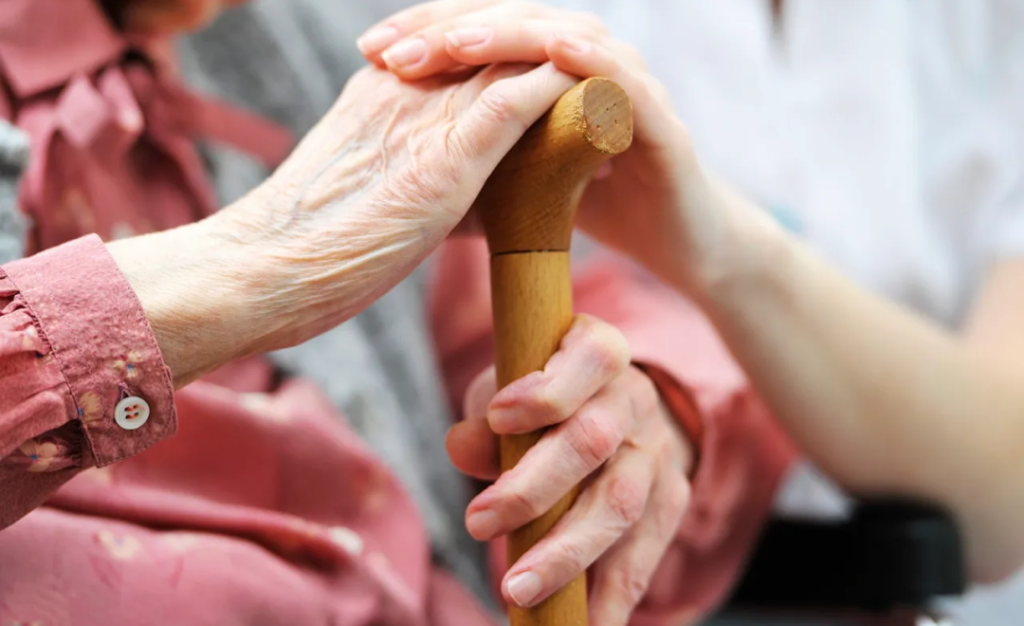Is Your Nursecall System Quietly Holding You Back?

Most care homes still rely on analogue nursecall systems that have been in place for decades. These systems were groundbreaking when they were first installed – and for years, they’ve “done the job”. But at a cost.
No data. No integration. No flexibility. And every time you need to add a call point or replace a part? More disruption. More expense.
“Analogue nursecall systems are fine… until you realise they’re quietly limiting the care you can deliver.”
In today’s care environment – with higher acuity residents, stretched staffing, and ever-increasing regulatory pressure – those limits have a direct impact on outcomes, efficiency and reputation.
Why Analogue Nursecall Systems Can’t Keep Up
Analogue nursecall systems were built for a different time. They do one job – signalling for help – and they do it in the most basic way possible: flashing lights, loud alarms and fixed-panel notifications.
That simplicity might feel reliable, but in reality it brings serious drawbacks.
The cracks are showing:
- No visibility or data: Analogue systems can’t tell you how quickly calls are answered, which residents are pressing most frequently, or where the pressure points are in a shift. You only see the here and now – nothing else.
- No integration: These systems operate in isolation. They can’t link with falls detection devices, bed/chair exit alerts, nurse call messaging services (NMS), or digital care planning platforms.
- Expensive to maintain: Spare parts are harder to find and repairs are more frequent as hardware ages. Homes are spending more money each year just to keep outdated infrastructure limping along.
- No flexibility: Want to move or add a call point? Expect walls opened, floors lifted and days of disruption.
“Without data, you can’t evidence care to regulators. And you can’t see when residents’ needs are changing.”
For care home managers, that lack of evidence is a growing problem. The CQC expects providers to understand and monitor the quality of their care. Analogue nursecall systems simply can’t deliver the data needed.
What Does Digitising a Nursecall System Actually Involve?
Here’s the good news: going digital doesn’t mean ripping out everything and starting from scratch. Modern solutions allow you to digitise your existing nursecall system. That means you protect the investment you’ve already made in cabling and call points, while unlocking all the benefits of a modern digital platform.
Here’s how the upgrade works:
- Audit your current system: A full assessment of what’s in place, how it’s wired and where the limitations lie.
- Add digital gateways and controllers: These devices sit between your existing call points and the network. They convert analogue signals into secure, real-time digital data.
- Mobilise alerts: Instead of flashing lights and fixed panels, calls are routed straight to staff smartphones or tablets, wherever they are on site.
- Get real-time dashboards: You can see every call, response time, escalation and system health check at a glance.
- Integrate with other technologies: Once digitised, your nursecall system can connect with other parts of your care tech ecosystem – including falls detection, NMS, circadian lighting and even care records.
“Digitising nursecall systems doesn’t just modernise your tech – it gives you control, insight and time back.”
This approach means you get all the benefits of a new system with minimal disruption. No rewiring. No days of downtime. No full rip-and-replace cost.
The Difference Digital Makes
Once your nursecall system is digital, the way you work fundamentally changes.
- No more blind spots: Every call is logged and timestamped. You can see response times in real time and evidence them to regulators.
- Data-led decisions: Identify residents who are pressing more often, recognise changing patterns of behaviour and allocate staff accordingly.
- True integration: Your nursecall, falls detection, bed and chair exit alerts, circadian lighting and care records all work together as one ecosystem.
- A calmer environment: Calls routed to devices dramatically reduce alarms in corridors, creating a quieter, more dignified home environment.
- Easier to scale: Adding a new wing or moving a call point is simple – no costly rewiring.
Real-World Results
A care group we work with recently digitised its analogue nursecall system across three homes. Before the upgrade, managers couldn’t easily monitor or evidence response times and staff were constantly walking back and forth to fixed panels.
What changed after the upgrade:
- Response times improved by 34%: Staff received alerts directly on their mobile devices, cutting out wasted time.
- Regulatory evidence was instant: Managers could generate detailed reports for the CQC at the click of a button.
- Integration improved safety: Falls detection was linked directly into the nursecall system, enabling proactive interventions before incidents escalated.
- Staff morale improved: Less noise, less wasted walking and more time with residents.
“Data changed everything. For the first time, they could prove their care standards – and improve them.”
How to Choose the Right Digital Nursecall Solution
Not all digital upgrades are the same. Before you commit, ask:
- Can it work with your existing wiring and call points? A good solution will, saving you the cost and disruption of a full rip-out.
- Will it integrate with your wider care technology ecosystem? Systems that can’t talk to your falls detection, NMS or care records create more silos.
- Is it secure and GDPR-compliant? You’re dealing with sensitive resident data – you need robust encryption and clear data policies.
- What training and ongoing support is provided? You want staff to feel confident using the system and a partner who’ll be there for the long term.
Time to Stop Making Do
Analogue nursecall systems are quietly costing care homes time, money and evidence. They leave you reactive, rather than proactive, and they don’t meet the data expectations of today’s care environment.
Digitising your nursecall system doesn’t just modernise your infrastructure. It connects the dots – bringing together data, insight and safety in one place.
If you’re not sure where to start, that’s where we come in.
Ready to See What’s Possible?
At Spark Care, we specialise in digitising existing nursecall systems without the cost and upheaval of a full replacement. Our solutions integrate with falls detection, circadian lighting and other technologies to create a single connected care tech ecosystem.
👉 Book a free consultation and we’ll show you exactly how your current system can work harder for your residents and your team.




